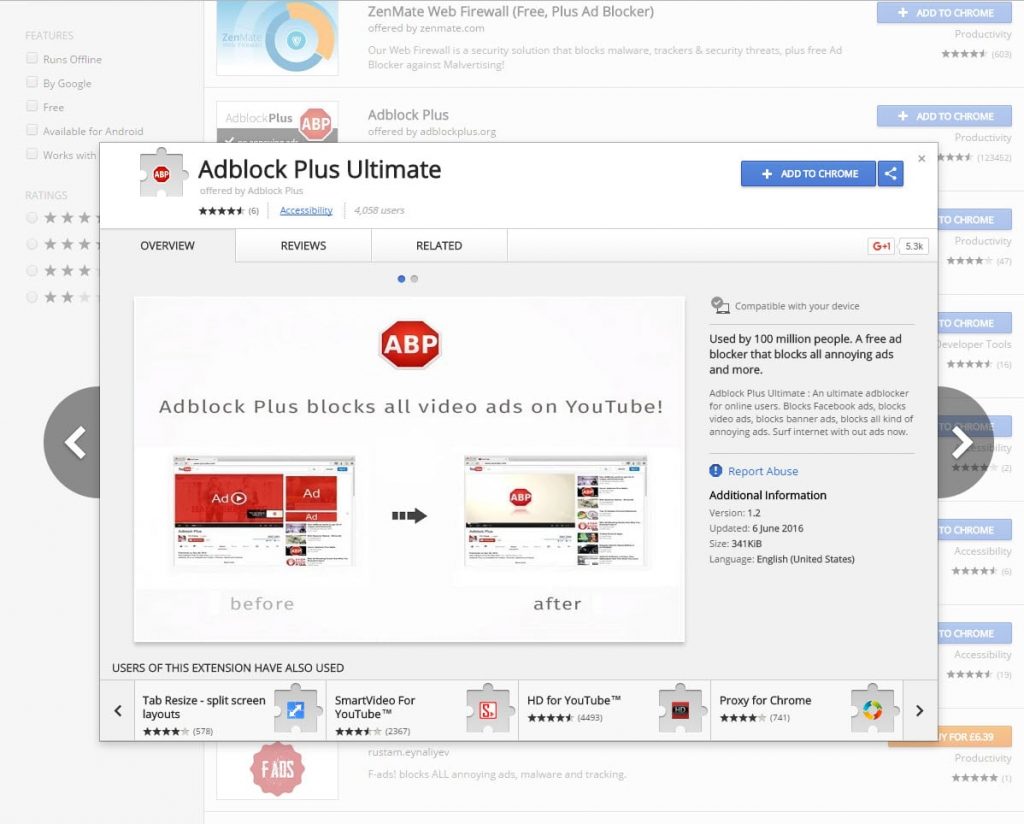Need For Speed: Video Creative Must Catch Up With Consumers
This article was originally published in Campaign Asia
The consumer continues to charge ahead, adopting and adapting to new means of communications with new tribal languages and emojis, leaving previous generations (including marketers and agencies!) bewildered and a little afraid.
In Asia, local messaging platforms dominate in certain key markets, requiring ad tech, content and strategies that can deliver advertising messages relevant and appropriate for the specific platform of choice.
And this is where the challenge truly lies.
Billions of dollars are being invested globally in programmatic or media tech platforms to try and address the fragmentation challenge. And still, the smart new ad platforms and tools cannot keep pace with the rate of consumer adoption.
The consumer is setting the pace, with ad tech companies and OTT platforms lagging behind in terms of creating a commercial model which a) doesn’t alienate the user, and b) deliver true engagement in terms of time spent with brand/ interaction levels.
As 2016 has shown us, even the biggest social platforms are facing challenges trying to create a truly compelling video ad product. Yet video remains, and will probably remain, the most potent form of communication.
One of the challenges with fragmentation and the emergence of distortedly big platforms, is that creative standards and definitions can diverge rather than consolidate. YouTube’s definition of a chargeable completed video view stands at 30 seconds, while Facebook defines a view at three seconds.
Most video CPM buys charge a view as soon as the video ad loads, and these are just three buying points out of possibly thousands, while viewability standards remain in a state of flux with multiple definitions emerging.
The real elephant in the room is video creative, in an age when the consumer is moving from horizontal screens (TV’s, cinema, laptops, PC’s) to vertical screens (smartphones). How able are we to create a compelling content stack for 21st-century platforms?
The web is still largely seen as an additional distribution channel for TV creative. The aim with TV creative is to get the user’s attention, while the internet is about keeping the user’s attention for longer than one or two seconds before they scroll past or hit the skip button after five seconds.
The recent Mobile Video Study conducted by Unruly found that 70% of consumers use their mobile vertically, with only Japan overindexing in terms of horizontal usage. Consumers are also allergic to auto-playing sound on their mobile devices, with 75% of users wanting to be in control of the sound of video ads. There is also huge concern about rising data charges from video ads, especially in Southeast Asian markets such as the Philippines, Thailand, Indonesia and Malaysia.

Shorter, more visual (than aural), vertical video ads would seem to be an obvious conclusion, especially for markets where the mobile tipping point has been reached and exceeded. That is not to say the longer, horizontal, emotional video ad doesn’t have a place, but it does feel more appropriate for delivery during the evening, when users are more often connected to Wi-Fi.
Ad video assets need to be deliberately designed for different platforms, with a clear understanding of the KPI/ role of each format in creating the right impact dependent on time of day, user mindset and location.
So why is the prevailing video format of choice a glossy, highly-produced 30-second TVC, which has its origins in the 1950s and 60s? Because the notion of the creative “big idea” (which is ingrained in our muscle memory) in 90 percent of cases translates perfectly into brand down, features and benefits-based TV ad formats. But how many of our target audiences were born in the mid-20th century, when the 30-second TV ad was popularised?
The fundamental issue is that not enough attention or resource is being directed toward creative technologies that can help solve the issues of a creative design process dominated by politics, subjectivity and educated gut feel.
We are still beholden to an extremely illiquid marketplace where there is a need gap, combined with a supply of creators who cannot provide their services because of the analogue nature of how creative is briefed and delivered.
The so-called “digital gig economy” has proven itself to be instrumental in bringing liquidity to formerly analogue marketplaces. Crowdsourcing so far has been an answer to the creative conundrum but is mixed in terms of quality and service.
Agencies, take the wheel
Agencies are in the optimal position to manage, build or own the “gig economy” creative solution that ensures cost effective and high-quality video assets can be made to order and fast (using immediately available and local resources, which require less international travel and have increased local cultural understanding/context).
The days of a singular US$1 million creative which has to satisfy audiences across 26 markets in most cases will no longer cut it and needs to be replaced by a similar if not smaller budget which can deliver say 3×5”, 3×10”, 2×30” and 60” assets with localisation and cultural nuance. All while ensuring the agency can thrive, make margin and satisfy both clients and shareholders.
Users now hold the advertising equivalent of a nuclear warhead with the emergence of adblockers. This poses an existential threat to the future of our industry, but the overriding response from the various industry protagonists is to blame somebody else.

We are all at threat, and all equally accountable. Failed experiments have shown us that most consumers will not pay for even premium editorial content. Most mistakenly believe that the cost of internet access from their telco is the sole price they have to pay for the editorial content they consume.
Programmatic cannot change the nature of creative. It is extremely sophisticated plumbing which connects the advertiser to the user. Even the best programmatic targeting in the world cannot change poor creative into good creative.
Creative is the biggest driver of audience response, apathy, indifference and anger. The consumer is not blocking ads because they think the programmatic pipes are too shiny, they are blocking ads because they are sick of being bombarded and interrupted by hard sell, poor quality ad messages.
We could show countless examples of where brilliant creative has saved an average media schedule but never an instance where an amazing media schedule saves an appalling creative, especially in video. So, again, why is the industry fixating on creating shinier pipes while investment in the development and usage of creative technologies seems like a cottage industry?
There is a window of opportunity for the industry to create a valid value exchange with consumers, where users’ precious time and attention will be exchanged for a high-quality user experience. The given is that this ad has to be in a format which is relevant, personal, authentic to the cultural nuance of the user, their mood and the platform/device which they are using (which is where data and the shiny pipes are critical).
If the consumer continually outpaces both media and creative practices, it could widen into an insurmountable chasm, where over 50 percent of our audience are no longer available online because they’ve blocked us out of existence. This, in turn, would further decimate (revenues of) the publisher ecosystem, which has turned the internet into such a rich, vibrant and democratic platform.
The next three years are going to be critical in ensuring brands can reconnect with consumers by listening, understanding and giving them what they want when they want it.
As the supporters and shepherds of our brand partners and publishers, the martech, media and creative industries need to collaborate more than ever before to try and keep up with the Joneses before they leave us floundering in a pile of dust.
Over to us.
